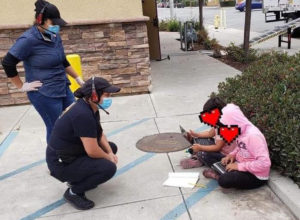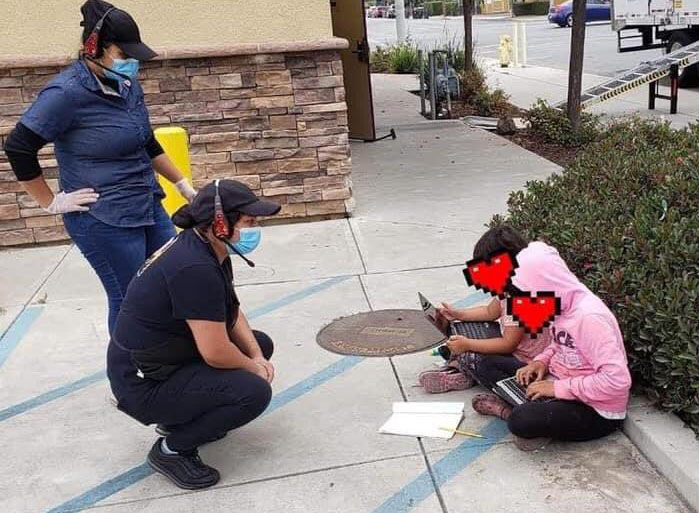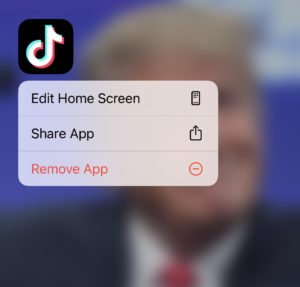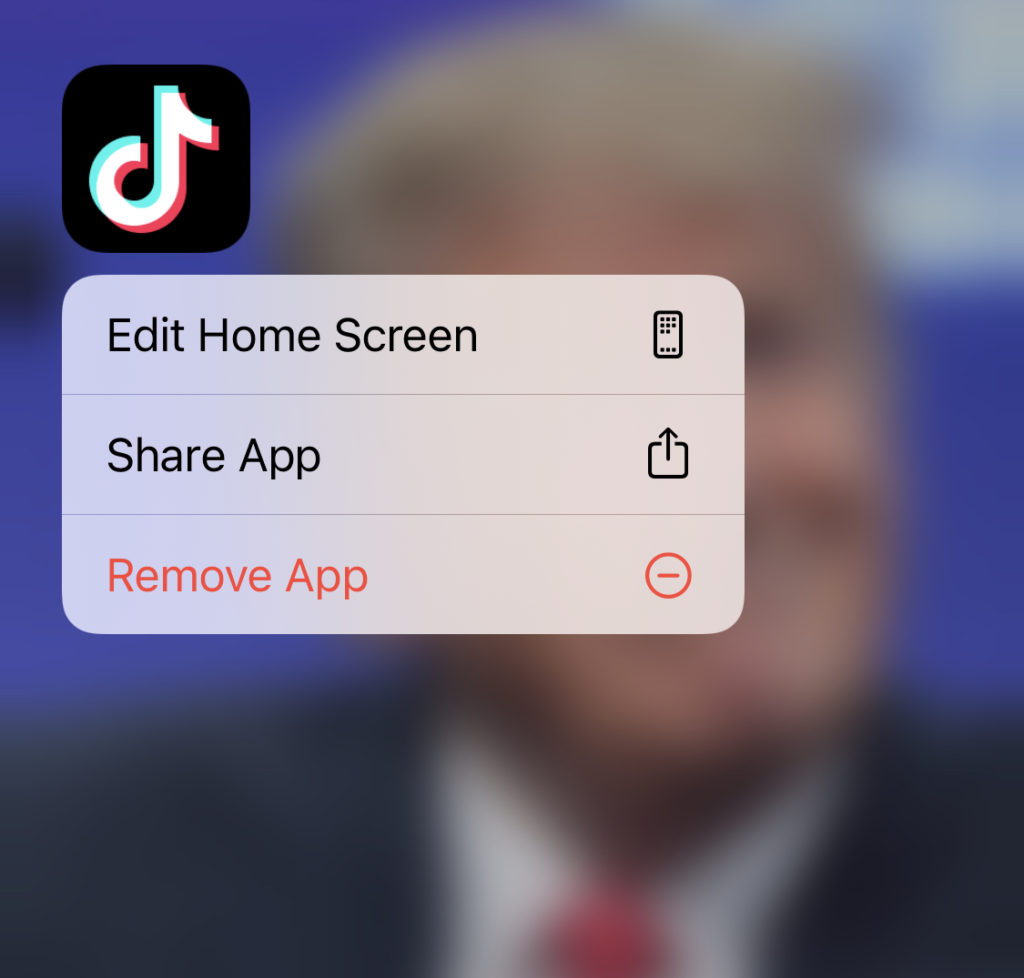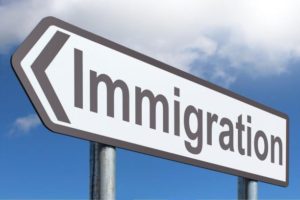By Rachel L. Golden
To mitigate the spread of COVID-19, millions of students have been forced to move from in-person to distance learning. The success of distance learning hinges on a student’s ability to access the virtual classroom.[1] For two girls in East Salinas, California, distance learning meant having to sit in a Taco Bell parking lot to complete their homework.[2] In August 2020, a photo of these two young girls sitting in the Taco Bell parking lot went viral on Twitter because the parking lot provided something that their home environment could not: access to the internet.[3]
For many Americans, access to online services is not a given.[4] A 2018 Federal Communications Commission (“FCC”) study found that “there are more than 14 million people without any internet access and 25 million without faster and more reliable broadband access.”[5] The COVID-19 pandemic has further illuminated this digital divide.[6] The digital divide “refers to the growing gap between the underprivileged members of society . . . who do not have access to computers or the internet” and the more affluent Americans who do have access to computers and the internet.[7] This divide stems from not only not having access to the internet, but also lacking access to a device that can connect to the internet.[8]
The digital divide does not exclusively affect school-aged children, but the consequences of the digital divide are clear when examining these children.[9] Even prior to the current public health crisis, a 2018 Pew Research Center analysis showed that due to a lack of broadband internet access, poor school-aged children were less likely to finish their homework than more affluent students with access to the internet.[10] This problem has been exacerbated during the COVID-19 pandemic when the primary mode of teaching, at all levels, has switched to virtual learning.[11] Moreover, to complete remote work, students may be forced “to go outside and ignore quarantine or shelter-in-place guidelines” to find internet access—actions contrary to the original health and safety purposes of distance learning.[12]
However, COVID-19’s illumination of the digital divide has “produced new political will to reduce inequality in the global digital economy.”[13] Congress, in the most recent COVID-19 response and relief package, acknowledges the need for broadband funding and access.[14] The Consolidated Appropriations Act of 2021[15] (“Act”) establishes an Emergency Broadband Connectivity Fund (“Fund”) of 3.2 billion dollars.[16] The Act directs the FCC to use the Fund “to establish an Emergency Broadband Benefit Program, under which eligible households may receive a discount off the cost of broadband service and certain connected devices . . . relating to the COVID-19 pandemic.”[17]
Broadband providers’ participation in the Emergency Broadband Benefit Program (“Benefit Program”) is entirely voluntary.[18] However, if the provider chooses to participate, it must be designated as an eligible telecommunications carrier or be approved by the FCC.[19] Once approved to participate in the Benefit Program, the broadband provider will give monthly discounts “off the standard rate for an Internet service offering and associated equipment” to eligible households of up to $50 per month.[20] The broadband providers are then entitled to reimbursement from the Benefit Program for the discounts they have provided.[21] Moreover, the Benefit Program not only enables discounted internet services, but also encourages broadband providers to supply eligible households with a connected device, such as a laptop, desktop computer, or tablet.[22] The Benefit Program, however, is not without its limitations. For example, an eligible household that seeks a connected device is only eligible to receive one supported device.[23]
The Act directs the FCC to provide a public comment period and public reply comment period, each of twenty days, before the rules of the Benefit Program are established.[24] The FCC seeks comment on a variety of provisions.[25] Examples include seeking comment on “the eligibility and election process for participating providers” and what the definition of household is in reference to the Act’s requirement that the discounts and connected devices be provided to “eligible households.”[26] The public comment twenty-day window closed on Jan. 25, 2021, but the public reply comments window closes on Feb.16, 2021, so the scope of the rules of the Benefit Program are yet to be determined.[27]
The true aim behind the Benefit Program is to provide broadband internet access to low income households at affordable rates—especially those households with school-aged children.[28] Whether or not the Benefit Program will be effective in fulfilling this goal remains to be seen. However, it is clear that the Benefit Program is “an important Band-Aid that [will help] Americans [stay] connected,” even if solving the nation’s digital divide requires stitches.[29] Ultimately, the hope is that with increased access to internet services and connected devices, Taco Bell parking lots will remain parking lots and not double as schools.
[1] Strengths and Weaknesses of Online Learning, Univ. Ill. Springfield, https://www.uis.edu/ion/resources/tutorials/online-education-overview/strengths-and-weaknesses/ (last visited Feb. 9, 2021).
[2] Lizzy Francis, Viral Photo Shows Kids with No Internet Using Taco Bell Wifi To Do Homework, Yahoo! News (Sept. 2, 2020), https://news.yahoo.com/viral-photo-shows-kids-no-171809219.html?guccounter=1&guce_referrer=aHR0cHM6Ly93d3cuZ29vZ2xlLmNvbS8&guce_referrer_sig=AQAAAG4dqe2tNs1lEJ4bvk99l0BosLqbgsIR5cnnqVYqWpXkh0dQy4YyB0GXkfPVoaWaSQUcKWHskKFOLhweLRqI1lj6_8sOHiIRvdtwAZjvKDYtmVdPKXr7YohJudkZUlOXPra-UbYSQeSCq9cfo1xuiry5ZcyLyV2OY1h2OVqUvwoX.
[3] Id.
[4] See Emmanuel Martinez, How Many Americans Lack High-Speed Internet?, The Markup (Mar. 26, 2020), https://themarkup.org/ask-the-markup/2020/03/26/how-many-americans-lack-high-speed-internet#:~:text=There%20are%20more%20than%2014,census%20blocks%20and%20not%20households.
[5] Id.
[6] Id.
[7] Digital Divide, Stan. Univ. https://cs.stanford.edu/people/eroberts/cs181/projects/digital-divide/start.html (last visited Feb. 9, 2021).
[8] Id.
[9] See Martinez, supra note 4.
[10] Id.
[11] See id.
[12] Id.
[13]Closing Digital Divide in the Covid Era: Four Big Data Strategies, Digit. Divide Inst. https://digitaldivide.org/ (last visited Feb. 9, 2021).
[14] See Kelcee Griffis, COVID Bill Includes Broadcaster Loans, Broadband Funds, L.360 (Dec. 21, 2020) https://www.law360.com/articles/1339770/covid-bill-includes-broadcaster-loans-broadband-funds.
[15] Consolidated Appropriations Act, 2021, Pub. L. No. 116-260. (2020), available at https://www.congress.gov/bill/116th-congress/house-bill/133/text (Consolidated Appropriations Act) (enrolled bill).
[16] FCC Seeks Public Input on New $3.2 Billion Emergency Broadband Benefit Program, Fed. Commc’ns Comm’n (Jan. 4, 2021), https://docs.fcc.gov/public/attachments/DA-21-6A1.pdf.
[17] Id.
[18] Id. The discount on Tribal lands may be up to $75 per month, as opposed to $50 per month. Id.
[19] Id.
[20] Id.
[21] Id.
[22] Id.
[23] Id.
[24] Id.
[25] Id.
[26] Id.
[27] Id.
[28] Creating (Finally) an Emergency Broadband Benefit, Benton Inst. for Broadband & Soc’y (Jan. 5, 2021) https://www.benton.org/blog/creating-finally-emergency-broadband-benefit#:~:text=In%20the%20Consolidated%20Appropriations%20Act,the%20Emergency%20Broadband%20Benefit%20Program.&text=Broadband%20providers%20will%20be%20reimbursed,household%20is%20on%20Tribal%20land.
[29] Griffis, supra note 14.
Post image: Two girls in East Salinas, California, rely on wifi from a Taco Bell restaurant to complete homework in a viral photo from August 2020. Via Luis Alejo on Twitter.

